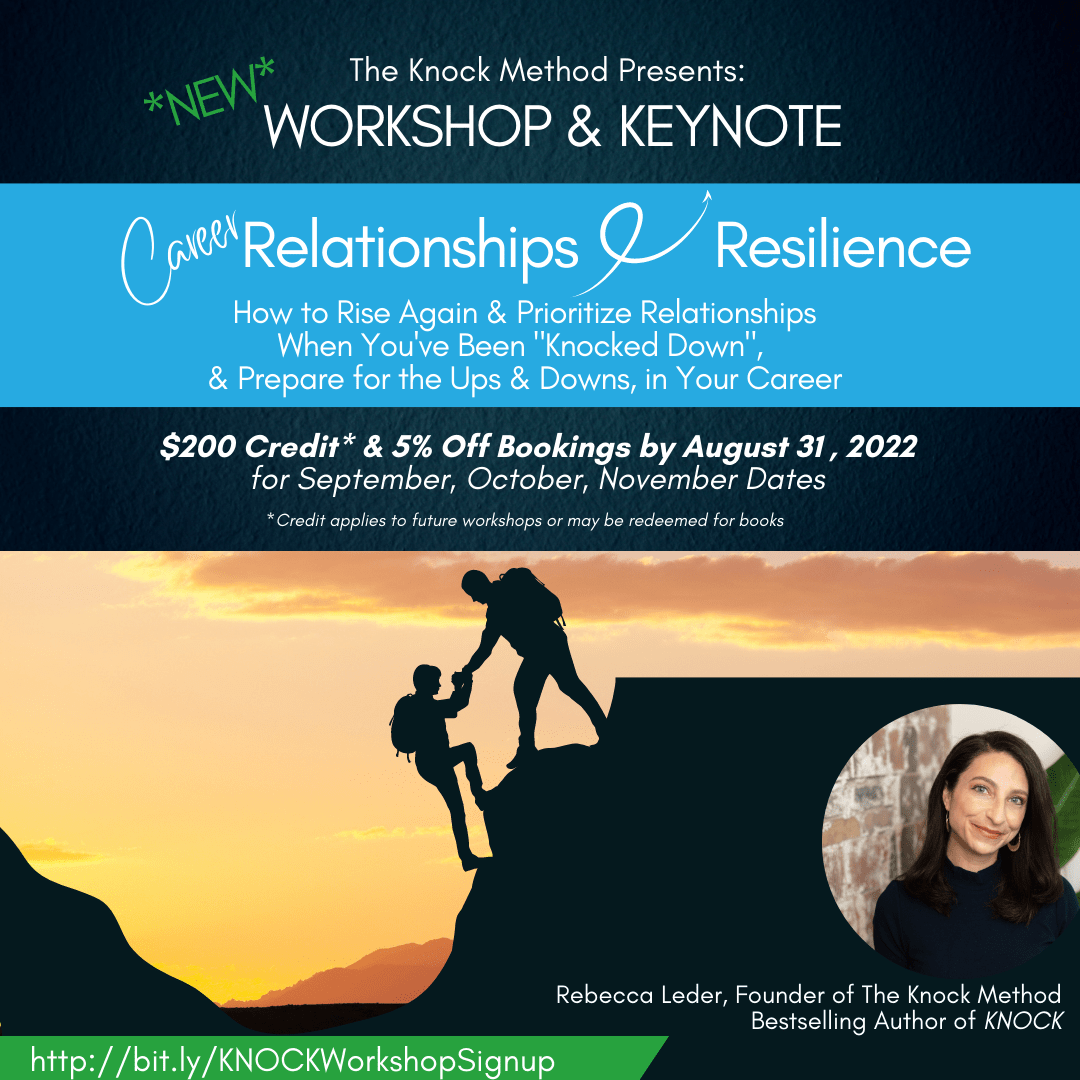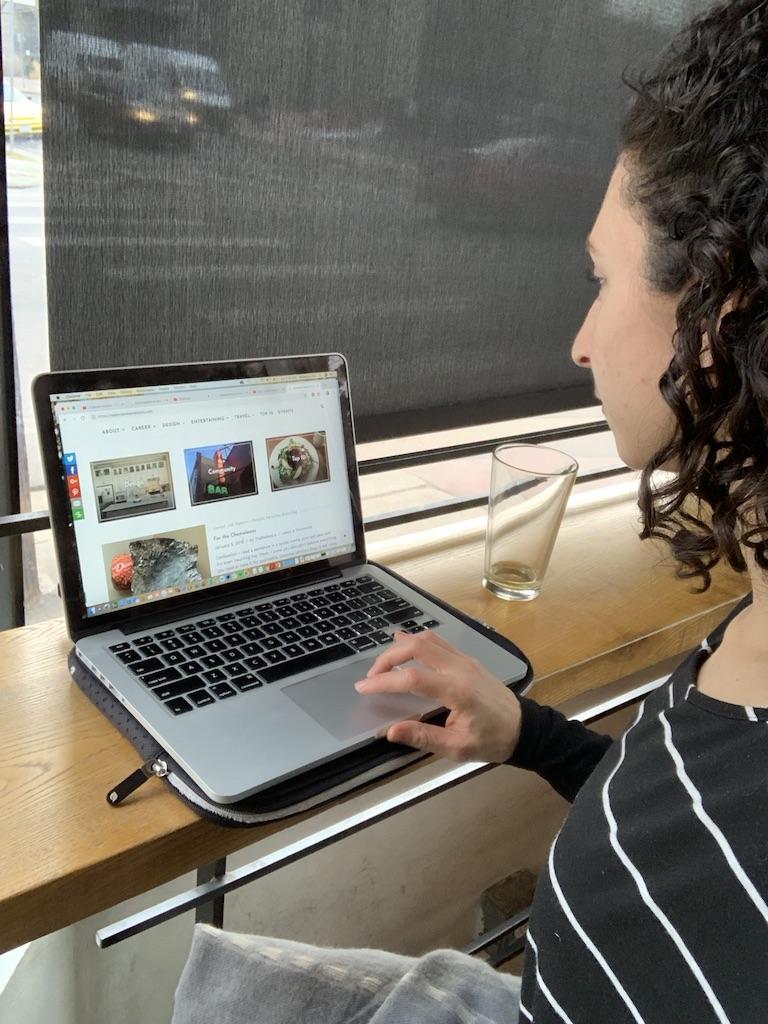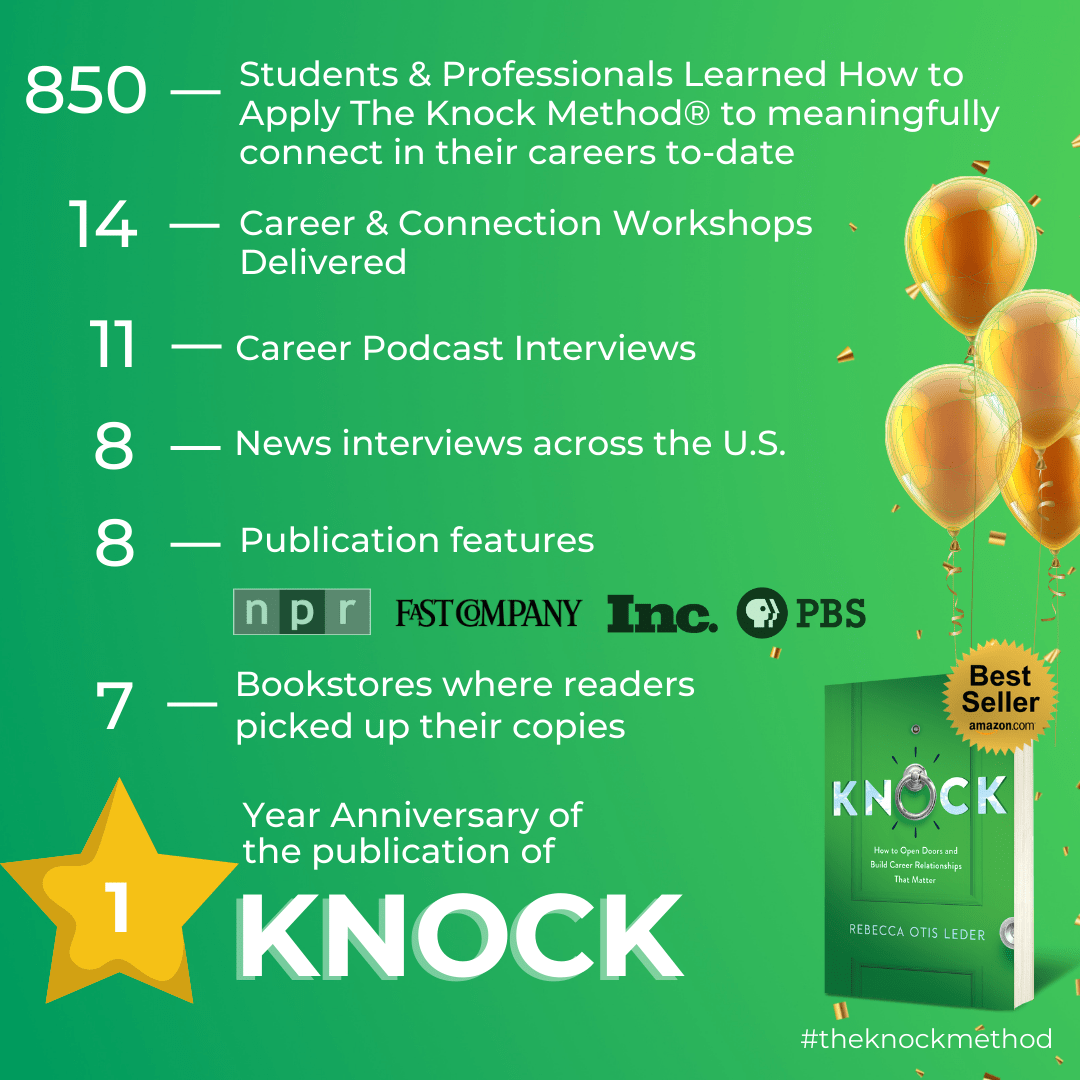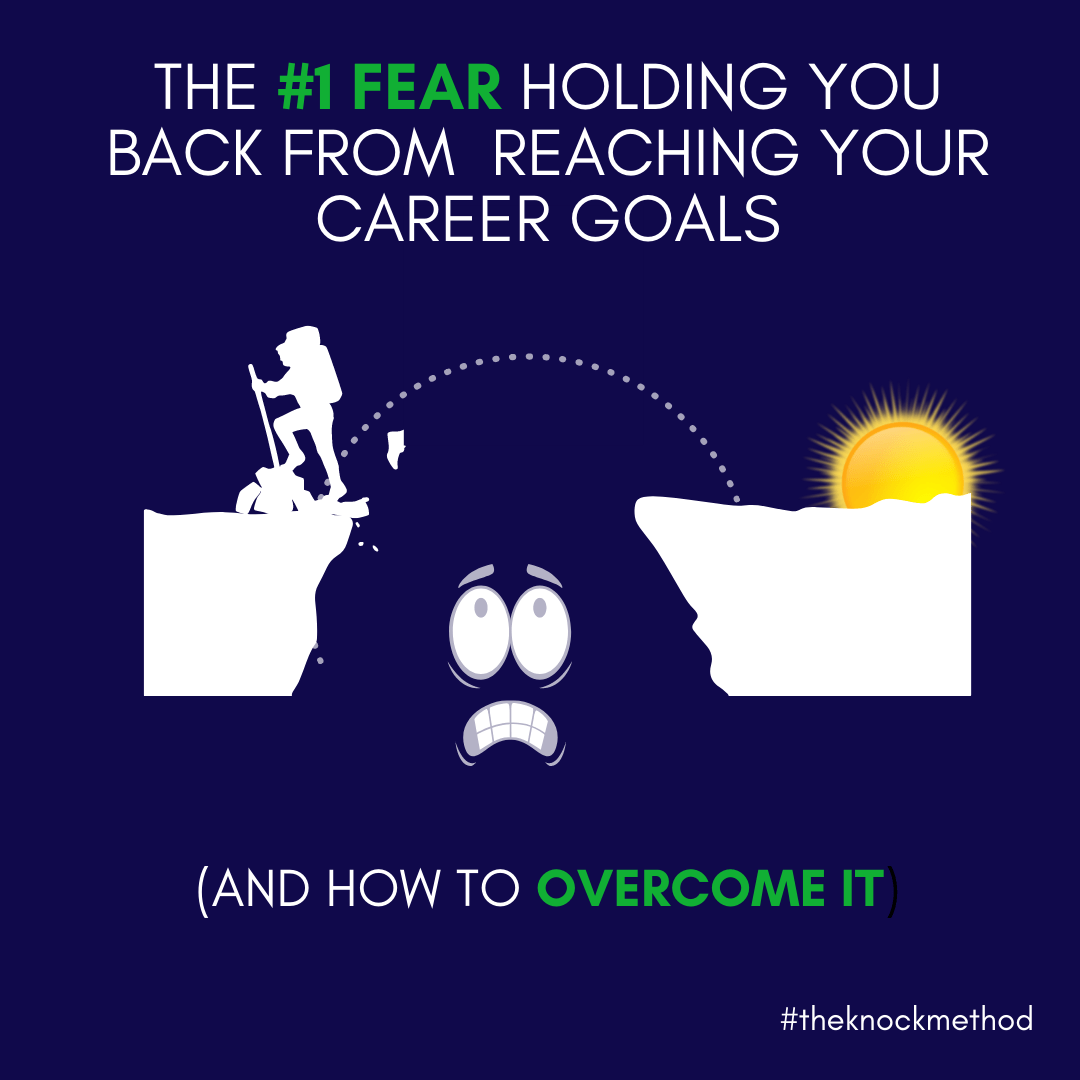10 Work & Productivity Habits to Leave Behind in 2020

You know the old saying, “leave work at work”? After 2020, it’s become even more apparent that work and home coexist and work life balance has a whole new meaning after the major shift to work-from-home due to the pandemic. But, every year, new business-y words of jargon and tend to catch on and before we know it, we’re speaking in business-speak at the breakfast table. Somewhere along the way, we develop work and productivity habits that may do more harm than good. I don’t know about you, but there are some business phrases and practices that I could do without in the New Year. Here they are with some new productivity hacks to try in 2021 and beyond:
1. “I have a “hard-stop” at 10.” This phrase has come to mean – I can’t stay on this phone call or in this meeting longer than a specified time because I absolutely cannot be late to my next meeting. Or, sometimes it’s said at the beginning of a meeting to set the stage that you may have less time than expected to meet, and will have to end early. I’m all for setting expectations before, during, and after meetings, but I wonder if “hard-stop” comes off as, “I have to get to a more important meeting after this one.” And, we’re already planning for the next meeting and haven’t even had this meeting yet.
Try this instead: In an effort to be present with our current meeting and participants, an alternative might be: “Do you mind if we plan to end at 25-after the hour so we can both have time to regroup before our next meetings?”
2. 60 minute Zoom meetings – If we presumably have 8 hours in the work day, the maximum number of meetings we might have in said day is 8 60-minute calls back-to-back. This is a lot! And, it doesn’t account for stretch time, time to grab a snack or drink of water, or a quick walk outside. Not to mention, preparing for a presentation or a meeting you may be hosting. While cutting these in half means we might have 16 half-hour meetings in a full work day (Um, no!), as creative, active, and responsibility-ridden humans have other needs too that must be taken care of to show up to these meetings in the right frame of mind to contribute and participate thoughtfully.
Try this instead: Calendar apps like Google Calendar have the ability to adjust your settings so that any meetings you set up are 25 or 55 minutes long. Or, challenge yourself to set a 25 or 45 minute meeting so that if the meeting runs long by a few minutes, you still have a few to spare for a quick break and to shift to the next one. If you add up 15 minutes X 8, you are giving others and yourself 2 hours back in the day to send a follow up email, thank someone for their time, prepare for a meeting, or nourish yourself.
3. Working longer hours just because you’re “working from home” – On this last day of 2020, everyone seems pretty burnt out – TOTALLY UNDERSTANDABLE – it was a taxing year. But, one of the reasons shouldn’t be that we’re filling more of our days with work just because we don’t have the commute time or we’re putting our energy into work as an outlet. Of course, if you feel good by working more, do it! But, balance is important too.
Try this instead: Write down a list of other activities you need to accomplish and ENJOY doing in the day/week. Make sure to block off time to do those things – grocery shop, clean the house, exercise, call your family, do something creative like cook, bake, make art, or write. Research says that creativity contributes to productivity because it reduces stress and you give your mind a break from the grind. If colleagues try to schedule meetings during your “me” time, treat it as a work meeting and decline due to a conflict and find a time during standard working hours to meet instead. After all, there are only so many meeting slots in a week!
4. Meetings without agendas – In this zoom-tastic working world, we get all kinds of calendar invitations, some without detailed descriptions in the title. It can be difficult to switch gears from meeting to meeting, and we often forget which topics our full day of meetings will cover in a given day. Meetings without agendas feel like unproductive conversations, or at a minimum, prevent us from preparing thoughtfully and showing up for a productive meeting that accomplishes something by the end.
Try this instead: Add a brief agenda to each meeting invite to help others ground themselves in the meeting topic and show up prepared and ready to contribute thoughtfully. It only takes a minute and if you’re setting up the meeting, you can summarize why you’re meeting without much thought.
5. Talking about weather at the beginning of a meeting – While it’s nice to hear about the weather and interesting to hear where meeting participants are calling from in a remote workforce, maybe we can spice up the start of our meetings to get to know our coworkers better and make our days less routine and a little more fun!
Try this instead: Try some new opening questions for meetings like: What’s your most interesting project right now? Or, what are you looking forward to this weekend?
6. Going off-topic for way too long – Some meetings just don’t seem to stay on track! While breaking from business conversation can be a great team-building tactic, sometimes it lingers for a little too long.
Try this instead: Try asking various team members to switch off hosting meetings, keeping time, and keeping the meeting conversation and topic on track. This creates ownership, accountability, and helps involve the team in making sure time spent in meetings is fruitful, productive, and worth it.
7. 12 virtual meetings back-to-back in a day – As we mentioned before, there are only so many meeting slots in a day! And, that doesn’t mean each half hour or hour should be consumed by another meeting.
Try this instead: Look ahead a few weeks in your calendar (likely when it’s a bit more free and hasn’t been booked up yet), and block of half hour times (1-3) during each work day for a walk, lunch, personal phone call, or other needs. Treat these as work meetings and use them! Again, recharging with breaks will help you show up and contribute better in meetings and at work and breaks prevent burnout.
8. Eating while zooming (cameras off) without a break – Especially in work teams that are scattered in different time zones, someone is inevitably meeting during breakfast or lunch time at any given time of day. Sometimes you just have to eat while putting your camera off and attending a team call. But, if we can try to take time away from work (block it off if you have to) to eat in the new year, you’ll be better off. (I’m going to try this too!)
Try this instead: Book 15 minute breaks during your meal times in the work day. Hopefully colleagues who will be scheduling meetings will work around your scheduled meetings. Or, say you have a conflict and leave the meeting early if you need to nourish your body (and mind) before your next meeting. Prioritize your health so you can be the best version of yourself at work!
9. Meetings to talk about meetings – This one gets me a lot. Of course, for big upcoming meetings or presentations, preparation is everything – and it’s crucial. But, so often, meetings are scheduled to talk through upcoming meetings when draft agendas, shared documents and collaboration tools with ideas where others can contribute live, or sticking around for 5 extra minutes at the end of a call to get big question answered will do the trick. Think about it, if every meeting really was 2 meetings because 1 was about planning, and the other was actually having the meeting, we’d have no time to do work! (Oh wait, we already feel that way)
Try this instead: Use collaboration tools like Slack, Quip, Google Docs to prepare for the meeting with your team in between meetings or when you have time working around your schedule. Run-throughs for big meetings are such an important way to ensure it’s successful so keep those on the calendar!
10. Saying “my boss”. Why has this phrase stuck around for so long? In fact, since the 19th century, it’s been used to imply master and control by another person. Of course, it’s often used more casually these days but it always makes me cringe and it’s not a term that I use. And, I’m not the only one who wrote about the origin of the word boss and disliking its use at work.
Try this instead: Use the title or role of someone you work for/with, such as Manager, Director, Vice President, Leader, Mentor. Also, removing this from your vocabulary may make you feel more empowered to drive and own your career, and it may make your manager feel more at-ease too without feeling like their only role is to give directions or direction (it’s not – it’s so much more than that!). At work, you may get asked, “Who do you report to?” The truth is – you report to your team members, your customers, your stakeholders, your community, but not just one person. YOU drive your career – not a person that you – by org chart definition – are accountable to. The person you report to should be your partner, your advocate, your director, your mentor maybe, but not your boss. You are the boss of your own life and career.
What’s one thing, word, or phrase you can do without in the working world in the new year? Comment to enter or sign up for the VIP book list to win a free copy of my upcoming book: KNOCK!
4 thoughts on “10 Work & Productivity Habits to Leave Behind in 2020”
Comments are closed.







“in a perfect world.” The implication is that if everything worked the way the speaker would like it to work, this is how we would approach. I don’t know why it bothers me as much as it does. What I would rather hear is ideally it would do this, or in an ideal state this. That said, in my life, change is constant and outside of the norm is the norm.
Thanks for the post. I enjoyed reading it.
Hi Adam – Thank you for reading and for your comment. And Happy New Year to you and the fam! Thanks for your feedback – I did intend to describe idyllic situations at work, but of course, it’s a “work” in progress for all of us navigating the recent changes in how we work. Hope to paint a clearer picture in future posts. Thanks again!
Really valuable suggestions. Thank you. I will definitely be working on describing “hard stop” and “my boss” differently, and scheduling shorter meetings with time built in for transitioning. 30 minutes is almost always sufficient. I also liked the idea of including the Agenda in the meeting invitation.
Dara – Thank you for reading and for sharing your thoughts. Excited to hear how these tactics work out to optimize our meetings and maximize our time during the work day!